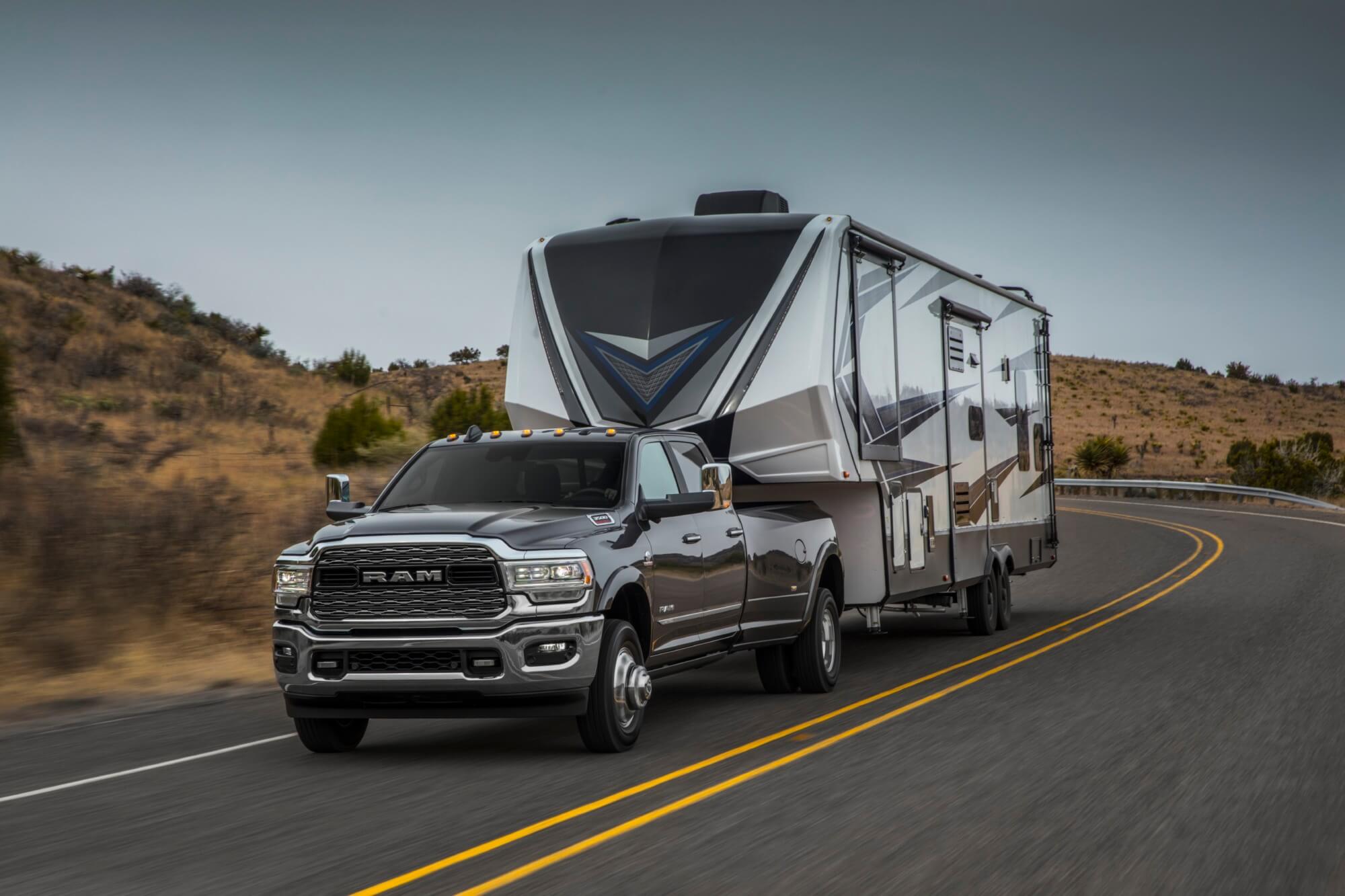
Photography by John Cappa and Courtesy of the manufacturers
Towing a trailer for the first time can be a harrowing experience, regardless of if you are pulling a small lightweight aluminum boat, a 3,500-pound travel trailer or a fully loaded 20,000-pound toy hauler. There are several things that can be set up improperly which can cause problems for both newbies and veteran trailer haulers alike. Minor, easy to make mistakes can lead to a ticket from local law enforcement, inadequate braking, poor handling or a violently swaying trailer that has the ability to flip your trailer and tow rig off the road. All of these scenarios are completely avoidable if you take a little time to load, connect and inspect your trailer. We’ve compiled the top 10 most common towing errors people make and more importantly how to avoid or correct them. Read on to find out how to haul your trailer safely.
Time
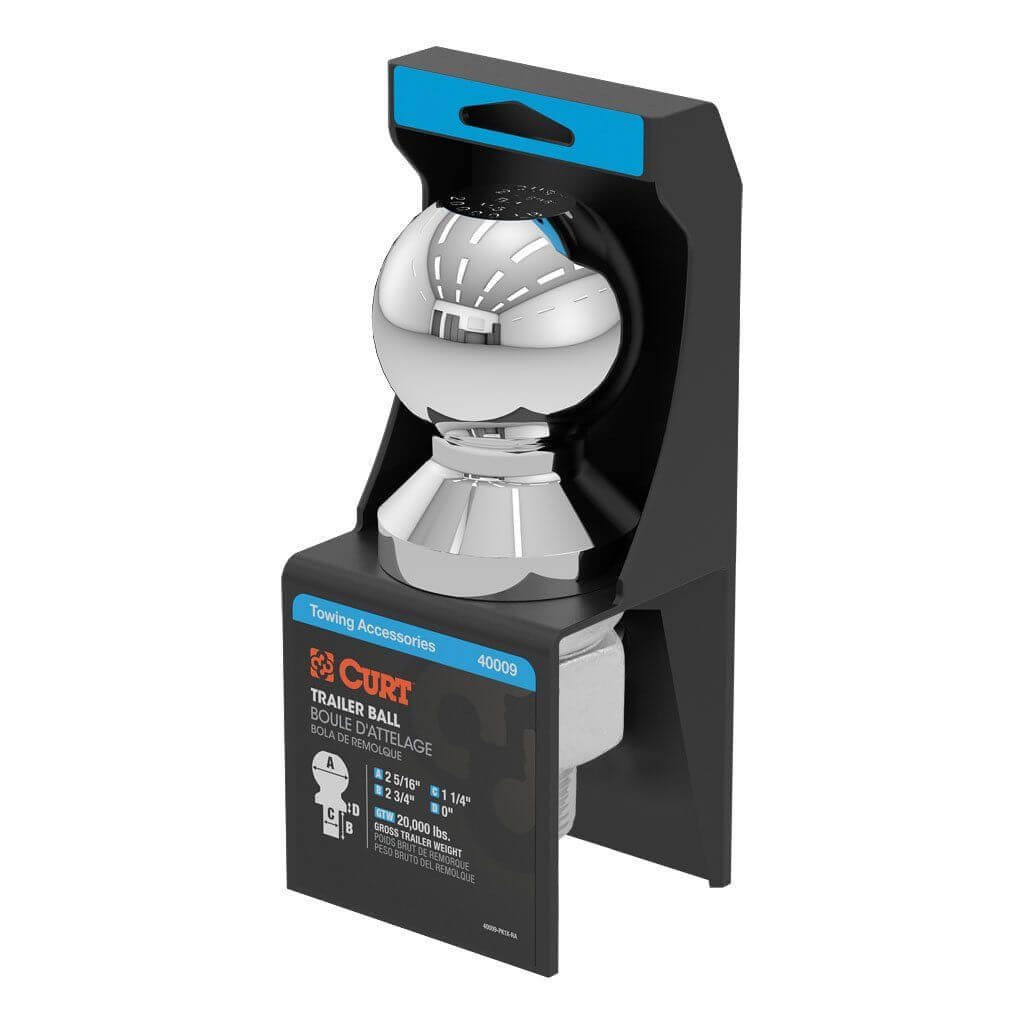
Hitch components should be matched up to the rated trailer weight and trailer coupler. For easy identification, the trailer ball, ball mount, coupler and trailer hitch will all have a weight rating stamped into the part or come with a sticker that has the weight rating printed on it.
Many of us think that as long as the trailer ball is 2 5/16 inches and the coupler is 2 5/16 inches, you are good to go. This misconception couldn’t be further from the truth. Each component connected to your tow rig has a weight rating, which is usually found on a sticker or stamped directly onto the component. On a traditional bumper pull trailer this includes the hitch, ball mount, ball, coupler and trailer. Looking at it from a big picture perspective, it doesn’t make much sense to use a 5,000-pound ball mount and trailer ball on a hitch rated for 10,000 pounds pulling a 14,000-pound trailer, right? If you’re lucky, a combo like this will only get you a ticket from an officer looking for this type of offense.
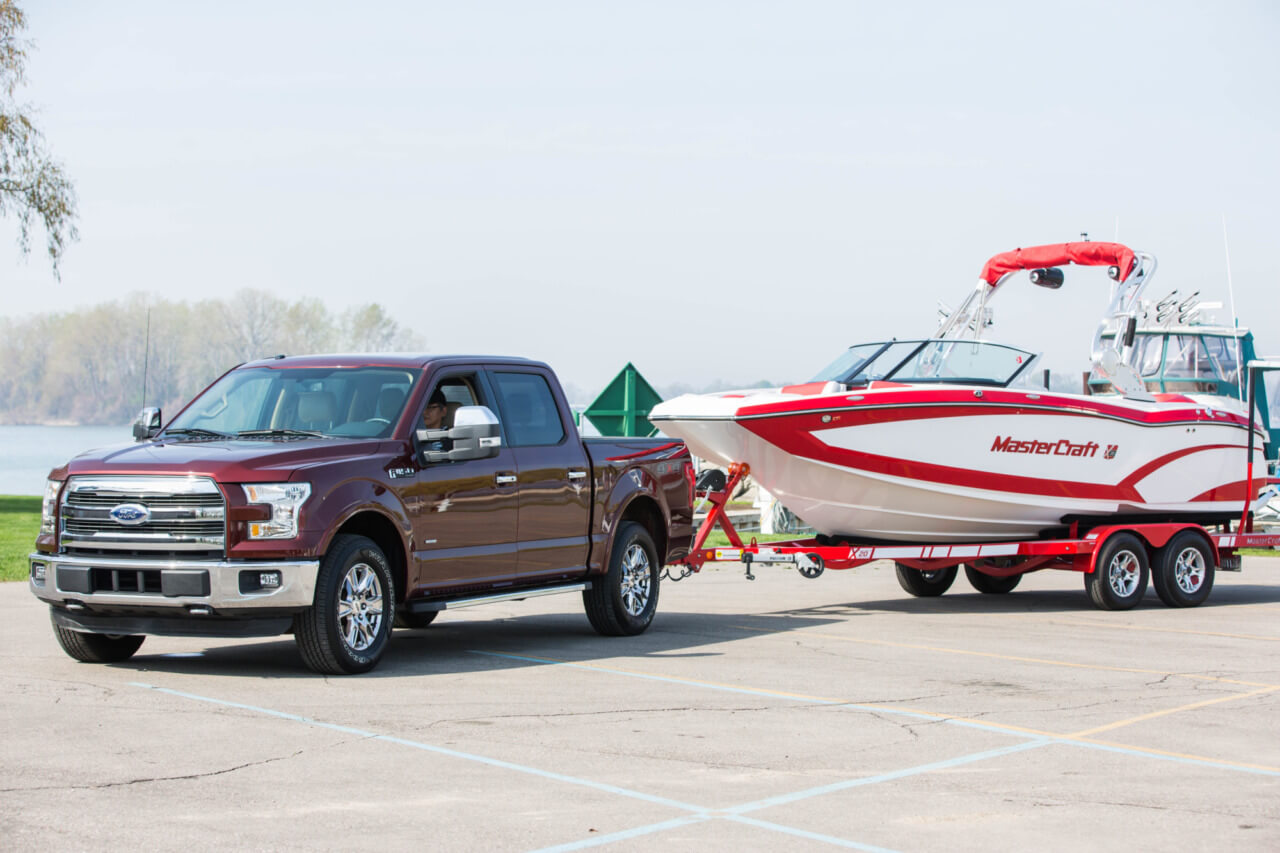
With the proper tongue weight, your trailer should sit level with the tow vehicle when hitched up. Ball mounts featuring different drop distances and adjustable ball mounts are available to compensate for the height differences between your tow vehicle hitch and trailer coupler.
To avoid a fine or catastrophic towing failure, make sure all of the components are similarly rated before connecting anything. Ideally, you should at the very least match the trailer weight, coupler, ball, and receiver. Then ensure the weight rating of the hitch on your truck or SUV matches or exceeds the weight of the trailer you are towing. Fifth-wheel and gooseneck trailer towing components should be matched up by weight as well.
Not Enough Trailer Tongue Weight
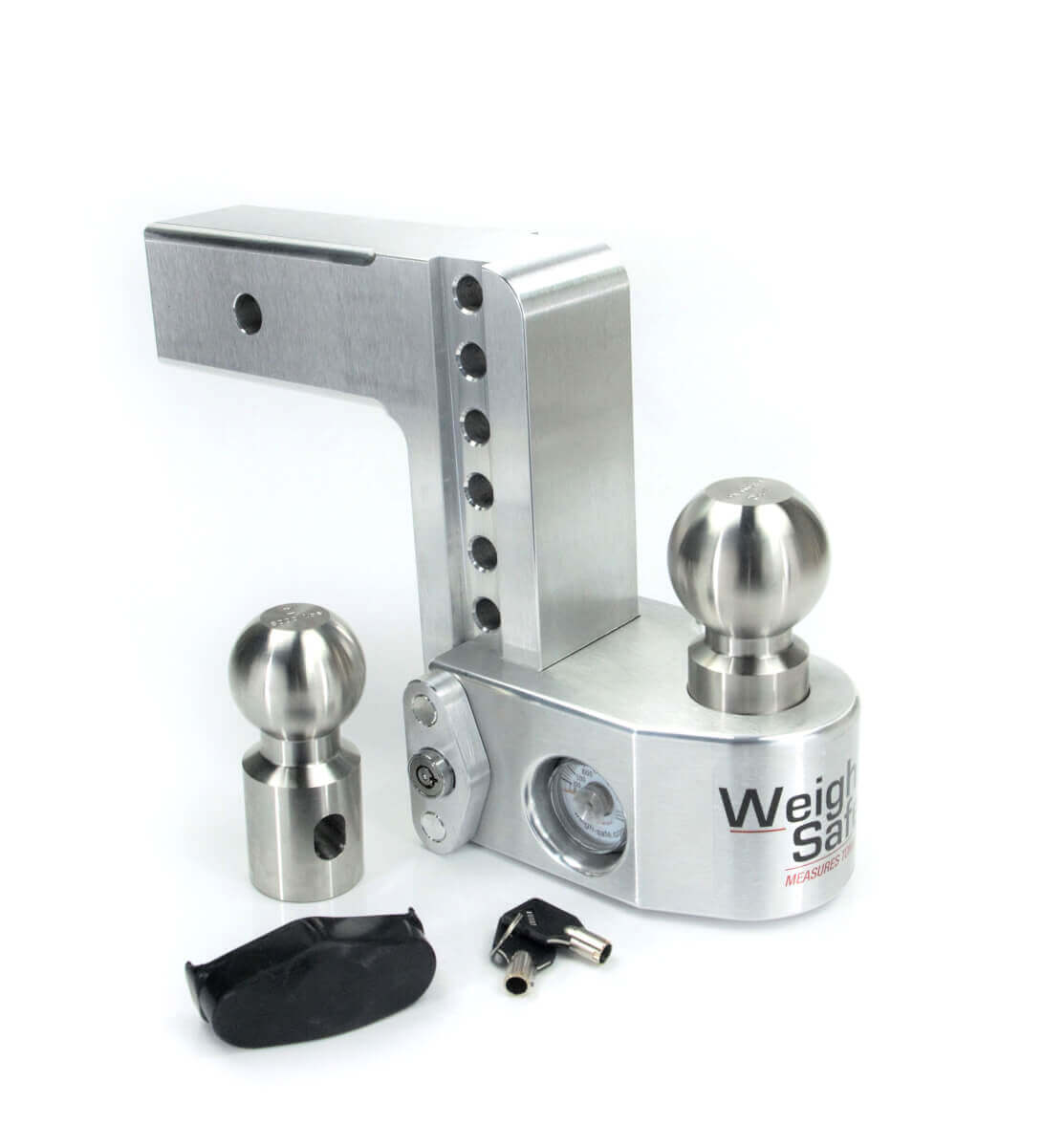
Most of us aren’t good at guessing trailer tongue weight and measuring for the correct weight can be a challenge, but ball mounts with built-in weight scales are available so that you don’t overload the hitch components. The adjustable trailer ball height is an added bonus in this case.
An improperly loaded trailer can lead to really dangerous handling problems. A trailer with not enough tongue weight is the most common issue and can cause the trailer and tow rig to sway uncontrollably from side to side. This is most problematic when coasting downhill or while floating the throttle on flat surfaces. Trailer sway rarely happens when towing uphill. The safest way to stop trailer sway immediately is to slowly manually engage the trailer brakes and then safely come to a complete stop at the side of the road so you can adjust your trailer load for more tongue weight. All hitch components have maximum tongue weight ratings listed, but in general a bumper towed trailer should have 10-15 percent of the gross trailer weight on the tongue. Weight distributing hitches allow for more weight. Gooseneck and fifth-wheel hitches typically require 15-30 percent of the gross trailer weight on the tongue for proper ride and handling.
Too Much Trailer Tongue Weight
Too much tongue weight can overload your hitch components. It can also cause the rear suspension of the tow rig to compress too far. This lifts the front of the vehicle up, which leads to light handling. In extreme cases, the steering could be partially impaired because there is not enough weight on the front tires of the tow rig. Of course, the headlights will also be pointed at the sky instead of the road where you need them. If the tongue weight is correct and the rear suspension of the tow rig is still sacked out, you may need to employ a weight distributing hitch.
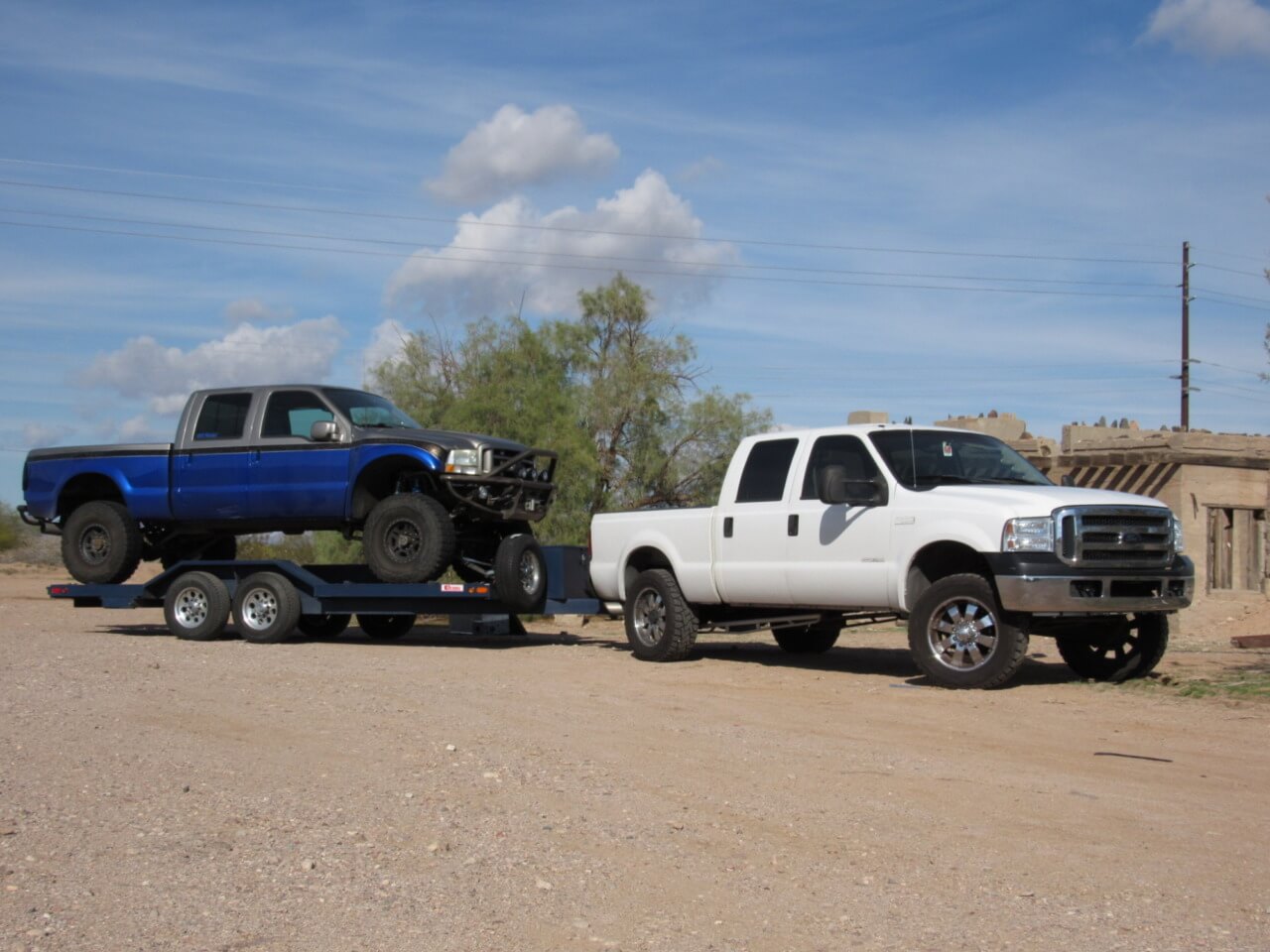
Incorrect Trailer Hitch Drop
All too often borrowed trailers and hitches don’t work properly with the truck they are being used on. For safe towing performance your trailer should always be as level as possible with the proper tongue weight. A level trailer handles better, the trailer tires wear more evenly and overall strain is reduced on both the trailer and tow rig. If the trailer tongue is pointed up when connected, you need a dropped ball mount. If the trailer tongue is pointed down when connected, you need a raised ball mount. Fortunately, there are many different ball mounts available to match the height you need for a level trailer. If you have multiple tow vehicles or trailers of different heights, you might consider using an adjustable ball mount. There are many available that can be altered to compensate for several inches of height variation.
Chopped Up Trailer Wiring
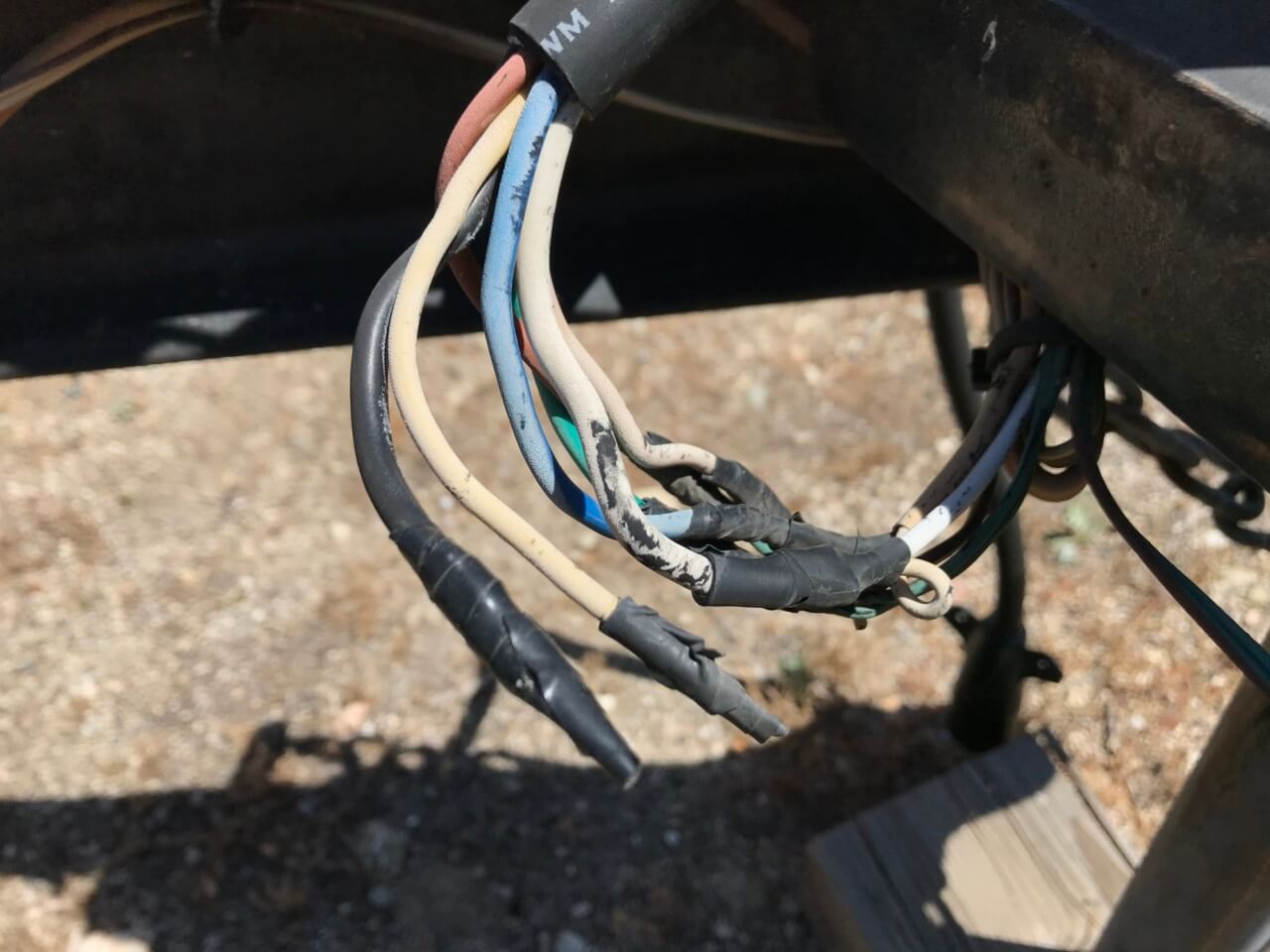
Poor wiring can lead to short circuits, lights that don’t work and nonfunctioning trailer brakes. Don’t indiscriminately modify the wiring on the trailer you borrowed from a buddy so it fits your tow rig. There are plenty of plug and play wiring harnesses and trailer plug adapters available to mate nearly any trailer to any tow vehicle.
It’s very well known that a loaner trailer never comes back in the same condition it left. During these times it’s not at all uncommon for gremlins to have a picnic with the wiring on your trailer, resulting in incorrect connections, poor grounds and completely different trailer plugs upon return of the trailer. Of course the trailer borrower has no idea how these mysterious modifications were made and can’t be bothered that the wiring no longer works with your tow vehicle. To keep this from happening, there are plenty of plug and play trailer wiring harnesses for popular truck and SUV models. There are also trailer plug adapters available to make the proper wiring connections possible without hacking up the wiring on a trailer. Life is complicated enough, don’t cut up the wiring on your buddy’s trailer to meet your needs.
Inspect and Adjust Trailer Brakes
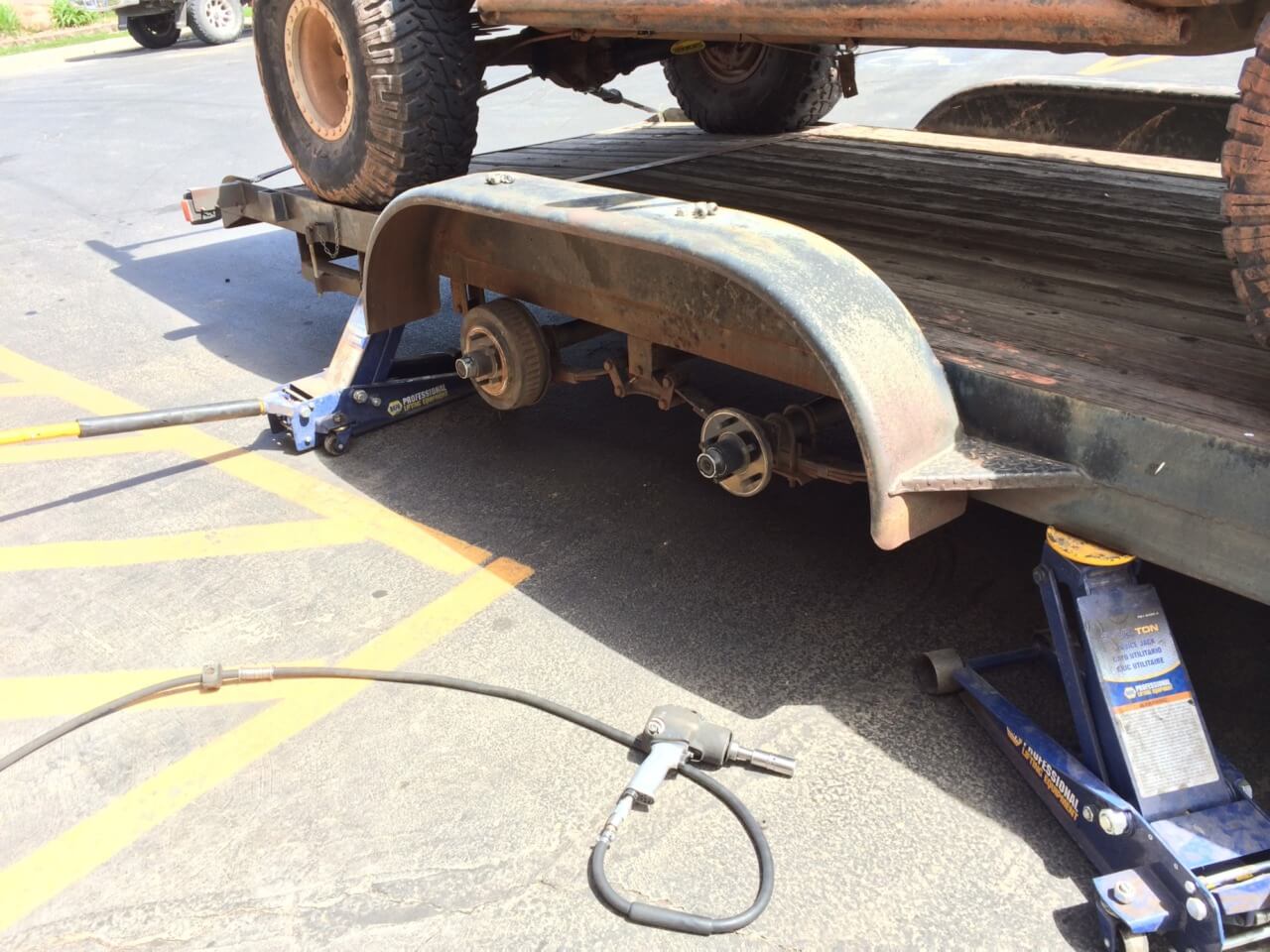
The self-adjusting feature on most trailer drum brakes don’t work as well as you would hope. Trailer brakes should be adjusted and inspected regularly for wear. In some cases, it’s often easier and less expensive to simply purchase a new brake assembly than rebuild the old parts.
Properly functioning trailer brakes are key in stopping a truck or SUV hauling a loaded down trailer. The most common trailer brakes are electrically actuated drum brakes. Even though most have a self-adjusting feature, it’s not at all unusual to find them out of adjustment. Many of the internal parts are wearable items that need to be replaced, so a regular inspection is a good practice too. The drum brakes can be adjusted without disassembly from the back side using a wide blade screwdriver or brake spoon. The drums should just slightly drag on the brake shoe lining when you rotate the raised wheel by hand. Adjust the star wheel through the slot in brake backing plate until slight drag on each wheel is obtained. If you can’t adjust the brakes for slight drag or it sounds like the brake lining is completely worn away, it’s likely time for a trailer brake rebuild.
Tune Your Brake Controller
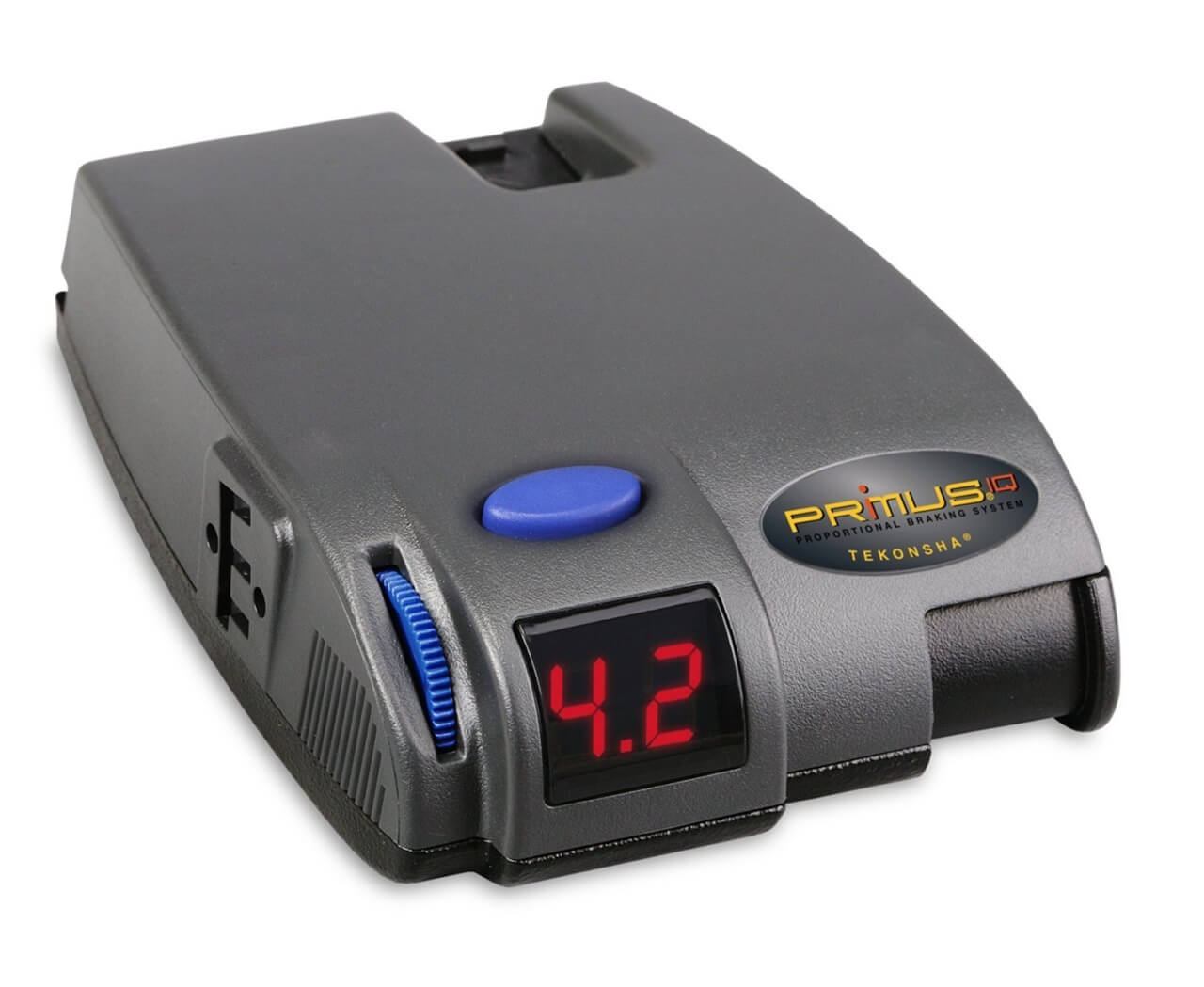
Take the time to properly tune your electric trailer brake controller for your specific trailer. Some of the more advanced OE and aftermarket trailer brake controllers feature multiple trailer profiles. You can use the profiles to save the settings which work well for your different trailers and loads.
An electric trailer brake controller is not a plug and play device. Even the factory offered OE trailer brake controllers need to be tuned for your truck, trailer and the weight your trailer is carrying. An unloaded lightweight trailer will need a less aggressive setting than a heavy fully loaded trailer. The more advanced trailer brake controllers feature multiple trailer and truck profiles that can be tuned to match your trailering needs. Most brake controller manufacturers recommend a baseline setting that can get you going, but you should tune the trailer brakes for your application on the fly. Once you have the adjustments set, you can save the truck and trailer as a profile. Create individual profiles for the trailers and loads you haul regularly. For example, you might have a loaded and unloaded trailer profile saved in your brake controller for a specific trailer. Ultimately, properly tuning the trailer brake controller for your application will help you stop safely and more efficiently as well as save the tow rig and trailer brakes and reduce trailer tire wear.
Overloading
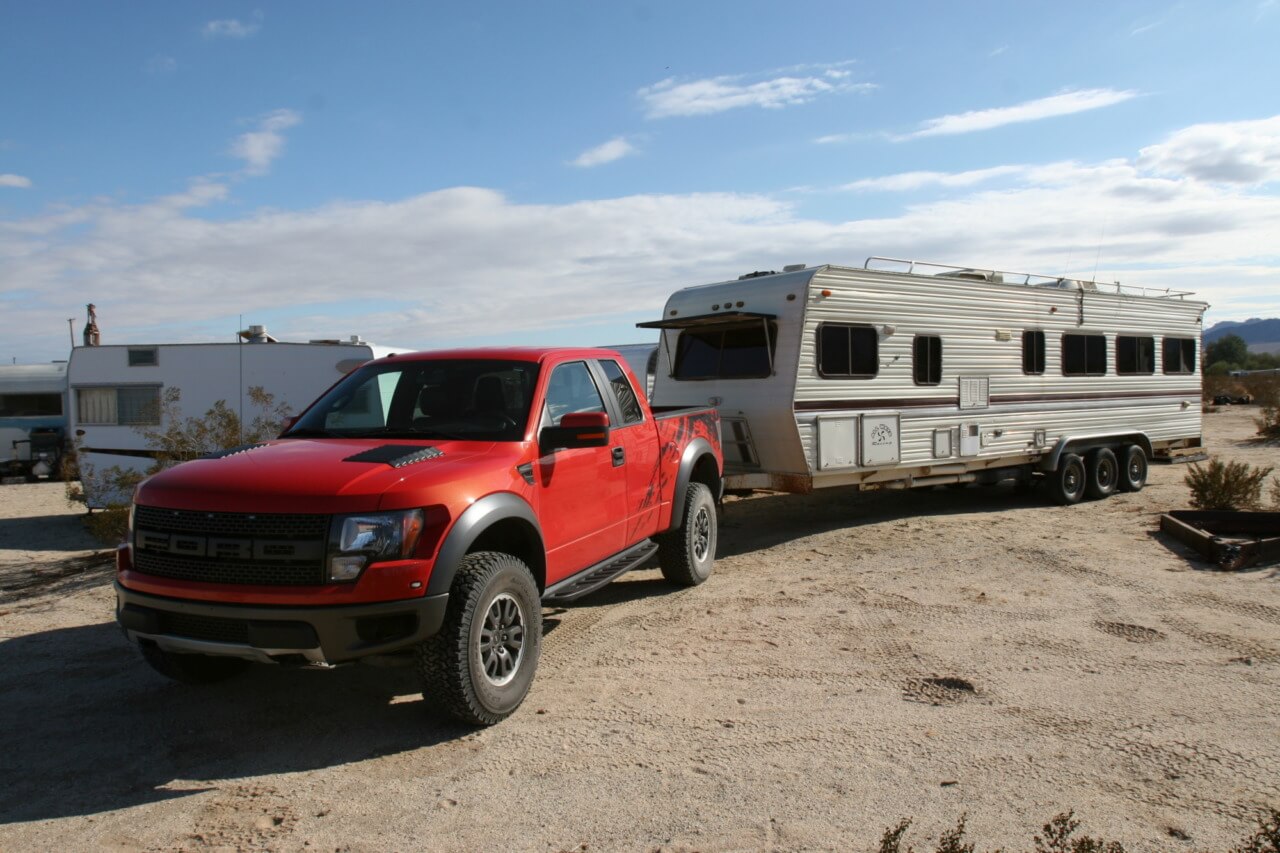
Resist the temptation to overload your tow vehicle. Just because your truck or SUV can pull a trailer does not mean it’s a safe combination. Braking, suspension, cooling, handling, drivetrain reliability, chassis strength and more are all considered when a vehicle receives a tow rating.
The most common towing mistake made all over the US is overloading. This includes overloading the tow rig and the trailer itself. Just because your truck or SUV can pull it, does not mean it’s a safe combination. The OE vehicle and trailer manufacturers put in a lot of effort to create a safe load rating. Power, braking, engine cooling, drivetrain reliability, chassis strength and more are all considered when a tow rating is slapped on a vehicle. Exceeding the tow rating can be dangerous to not only you, but to other people on or near the road.
When purchasing a truck or SUV, don’t plan on regularly maxing out the tow rating. You’ll generally be disappointed with the performance and reliability. Purchase slightly more truck than you need. For example, some 1/2-ton trucks feature tow ratings up to 14,000 pounds, but this is far from an ideal combination when towing regularly, especially in the mountains. In this case, a 3/4- or 1-ton truck would be a better idea and offer a much more pleasant, safe and reliable towing experience. The same goes for trailers. Regularly hauling 10,000 pounds on a trailer rated for 10,000 pounds will generally require a lot of trailer wheel bearing and brake maintenance. You’ll likely be better off with a trailer rated for 14,000 pounds.
Protect Trailer Tires
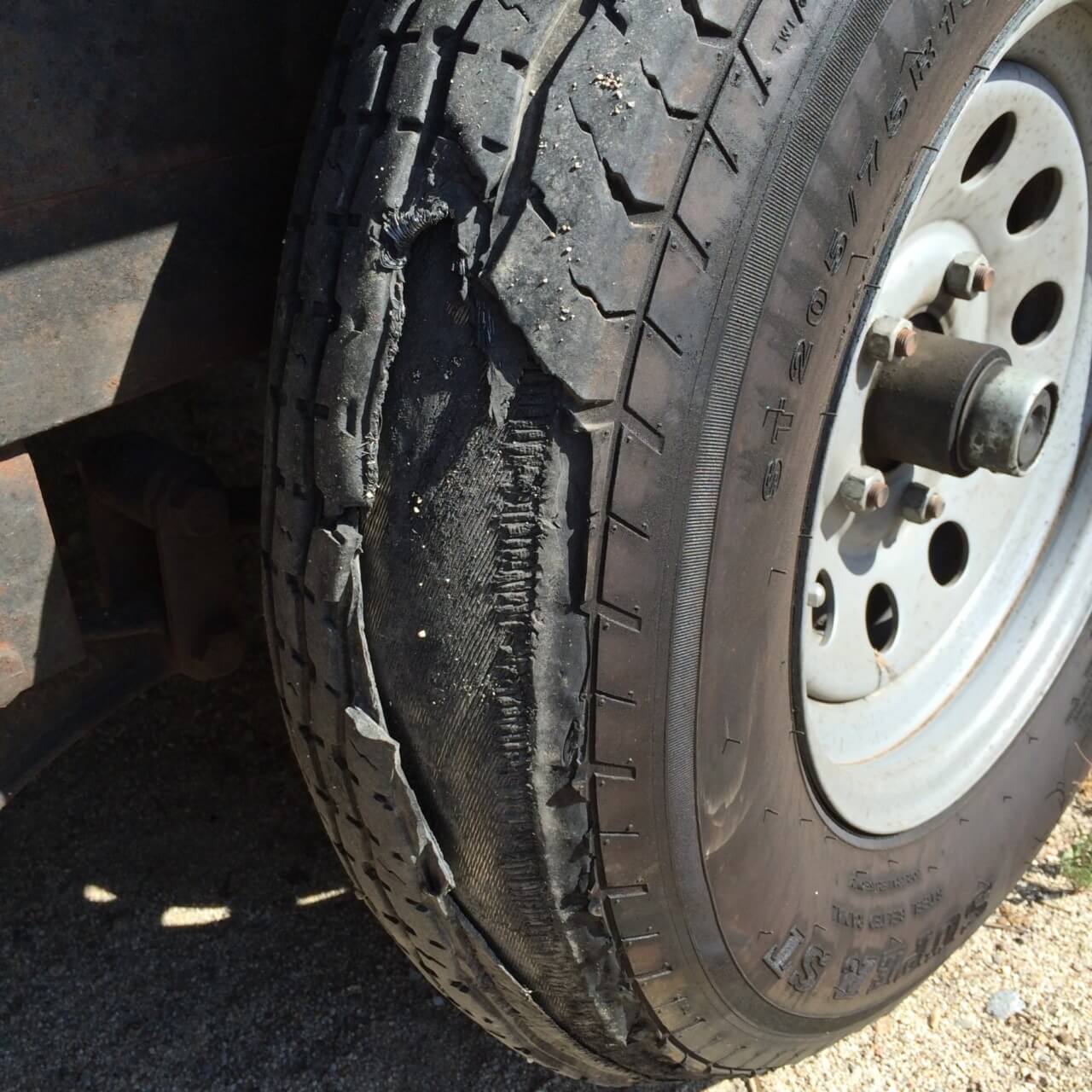
Many trailer tires never get the chance to simply wear out. Dry rot from being stored for long periods of time and excessive heat are major culprits that eat trailer tires. Proper air pressure, regular use and protecting the tires from the sun when the trailer is stored will help your trailer tires live longer.
Tire problems are probably the most common trailer failure. Don’t expect your trailer tires to last until the tread wears out. In sunny hot states, unused trailer tires won’t live more than a couple years if left uncovered. Dry rot and heat typically tears up trailer tires faster than they wear out. Regular use is the best preventative for dry rot, but tire covers will help them last longer too. Make sure the tire pressure is correct and don’t overload the trailer. Low tire pressures or an overloaded trailer will cause the tires to heat up and delaminate. Careless impacts with curbs or road debris can also cause a tire to come apart prematurely. It’s a good idea to inspect your trailer tires carefully before hitting the road and at each fuel stop. Look for dry rot cracks in between the tread lugs and on the sidewalls. Out of round tires with bulging spots in the tread area are about ready to delaminate. You’ll want to replace them before they take out a trailer fender or you and your towed load. Towing through triple-digit desert temperatures in the summer is especially hard on trailer tires. You always want to be prepared to change a tire on the side of the road so be sure to make it easy on yourself and carry the proper tools to do so. Changing a tire on the side of the road can be very dangerous so always look for a good spot with good visibility to stay safe. A parking lot or off-ramp is a good idea. That being said, we recommend a good floor jack and a quality battery impact to get you back on the road as quickly as possible.
Service Trailer Wheel Bearings
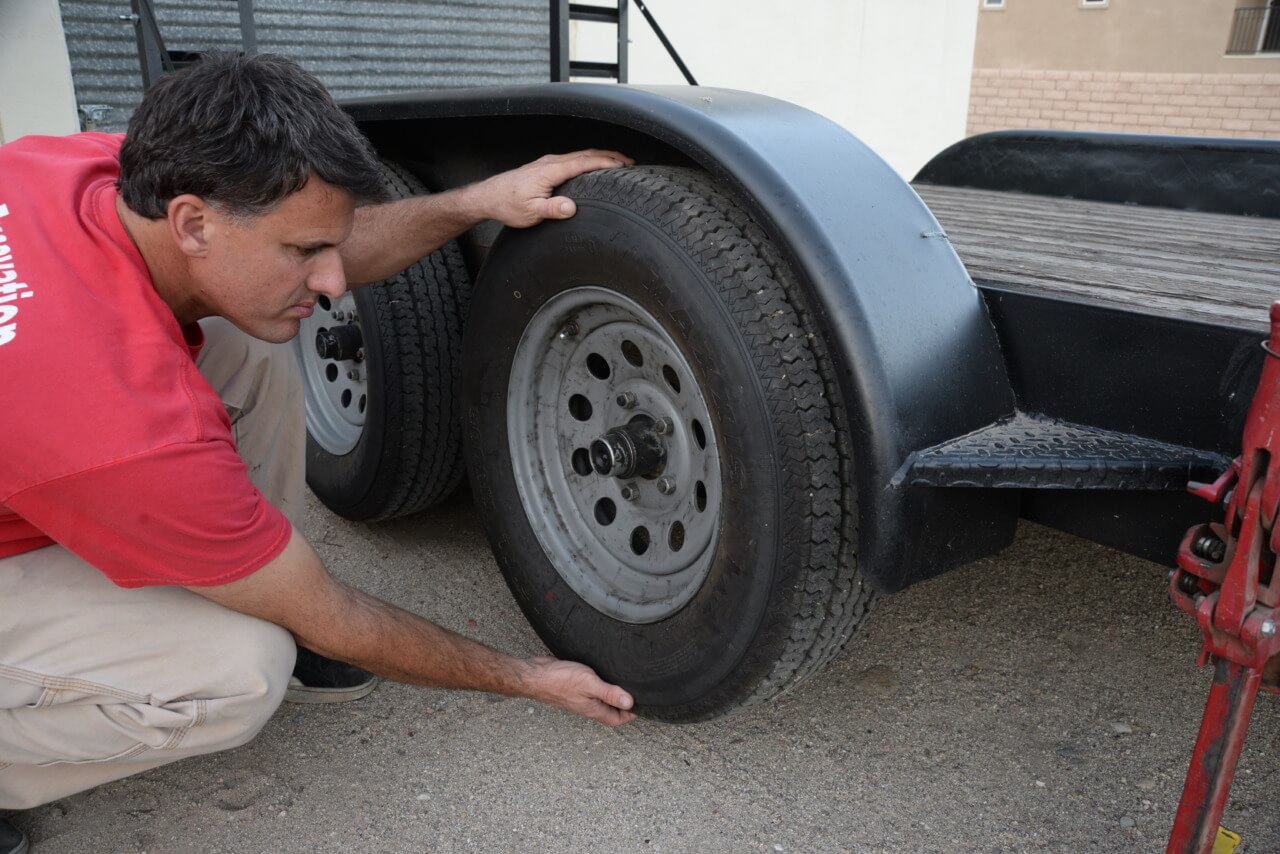
Always inspect the wheel bearings and hub assemblies before each extended outing. Raise and support the trailer, grab each wheel at the 12 and 6 o’clock positions and check for slop. Any looseness should be investigated further and will require at least partial wheel hub disassembly.
Burned up wheel bearings are likely the second most common trailer failure. They are kind of like the plumbing in your house, they typically only get an inspection and receive service when there is a problem. Unfortunately, a smoked trailer wheel bearing in the middle of nowhere is a surefire way to ruin a trip. Because trailer use and driving habits vary significantly from user to user, it’s best to inspect the wheel bearings and hub assemblies before each extended outing rather than service by mileage. Raise and support the trailer, grab each wheel at the 12 and 6 o’clock positions and check for slop. Any looseness should be investigated further and will require at least partial wheel hub disassembly. A loose bearing may only need to be tightened a bit, the bearings could need repacking, or you may have some damaged wheel bearings just waiting to ruin your vacation. You can also quickly inspect the trailer wheel bearings at every fuel stop by checking the temperature of each wheel hub with your hand. An excessively hot wheel hub could be the result of a damaged or improperly adjusted wheel bearing assembly. Keep in mind that the wheel hubs with trailer brakes will see some heat soak from heavy brake use, so a warm wheel hub doesn’t always mean the bearings need service.



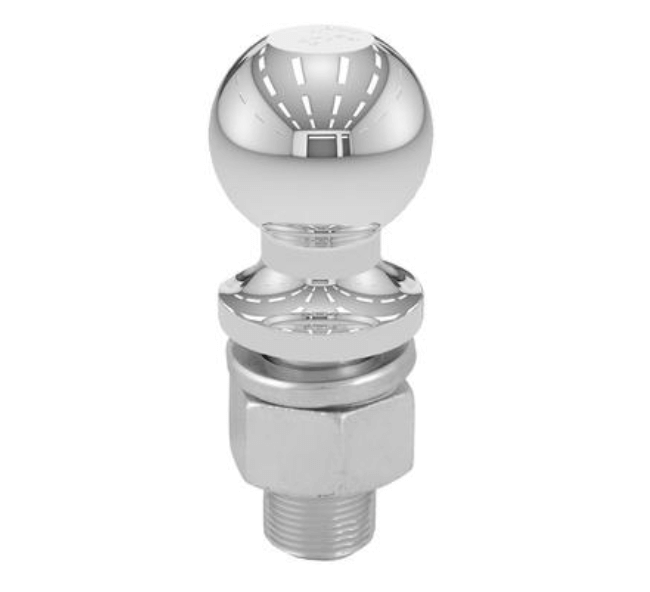

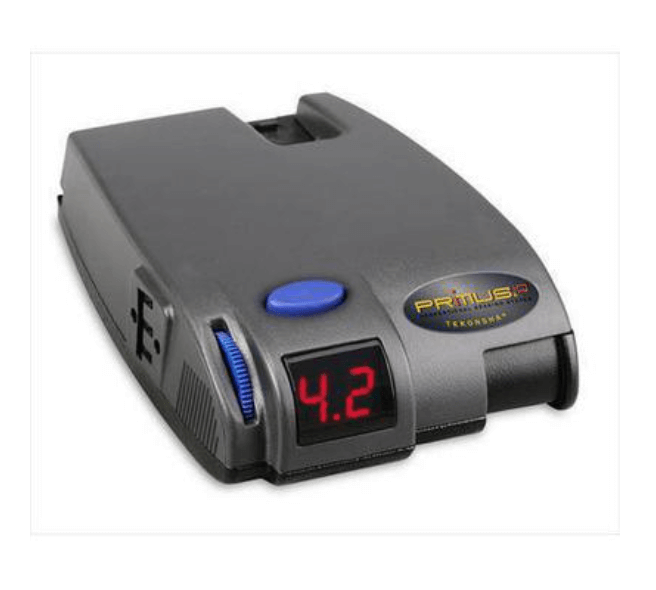
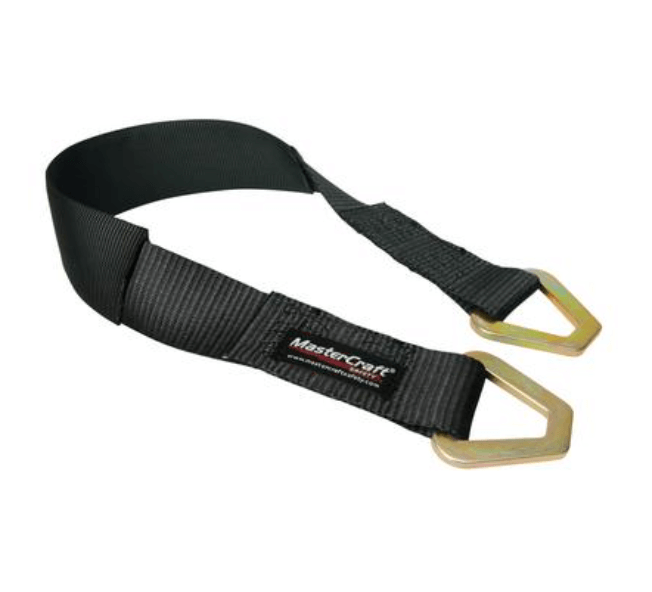
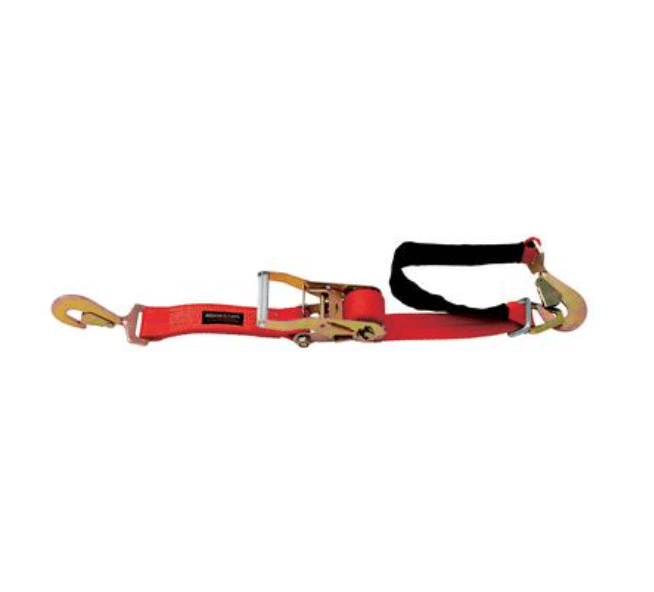
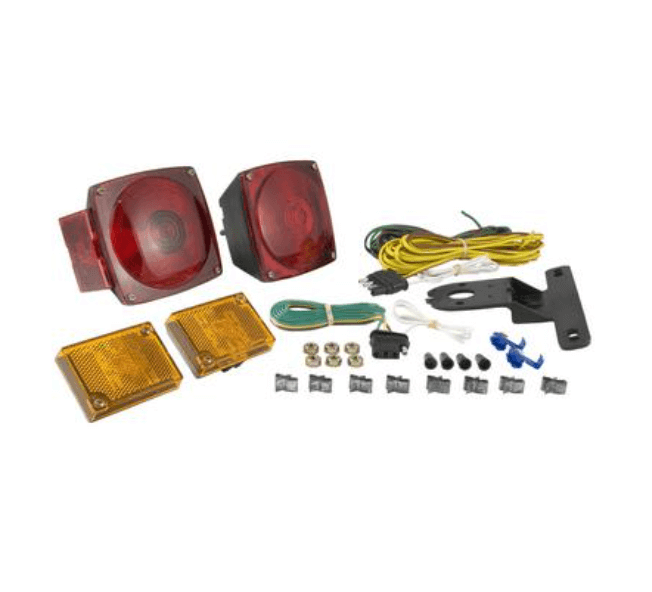
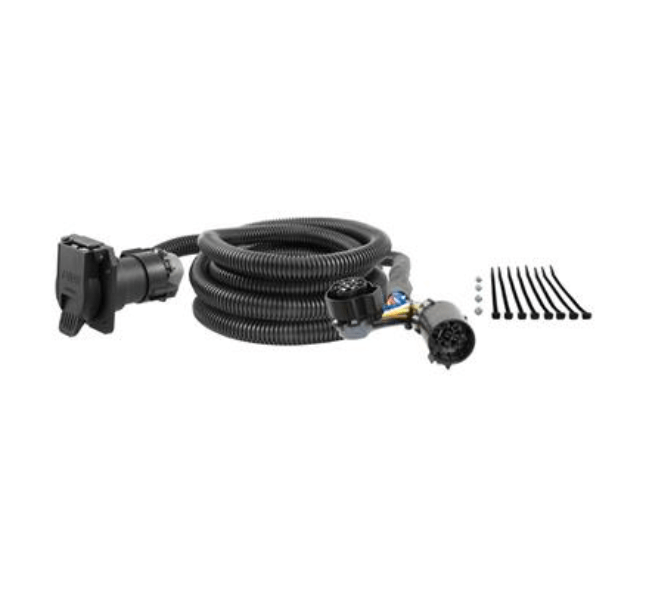
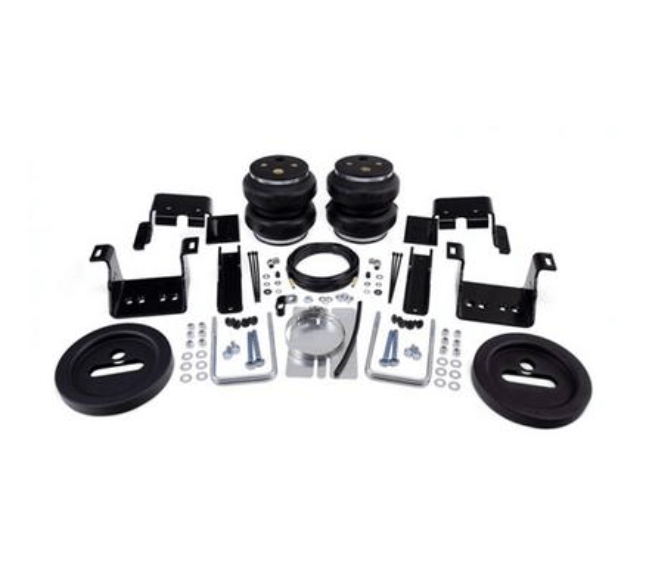
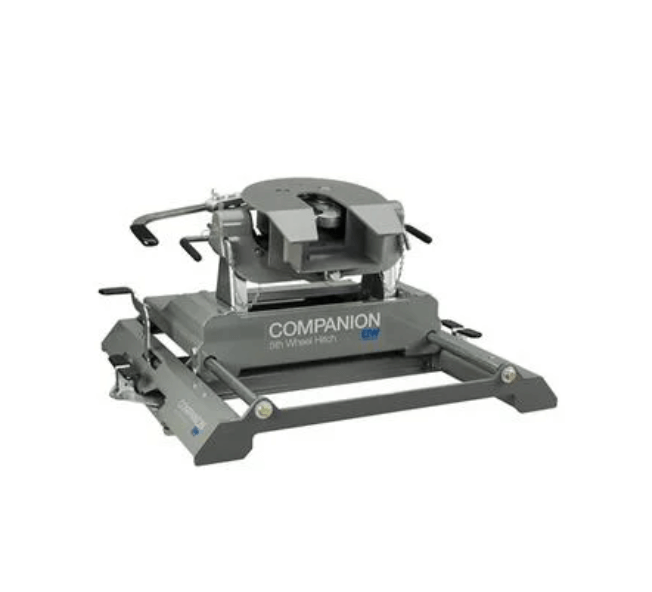
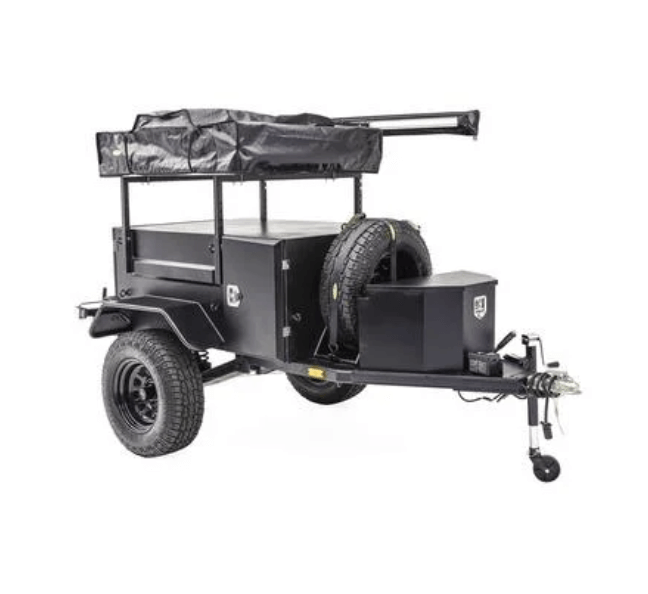


2